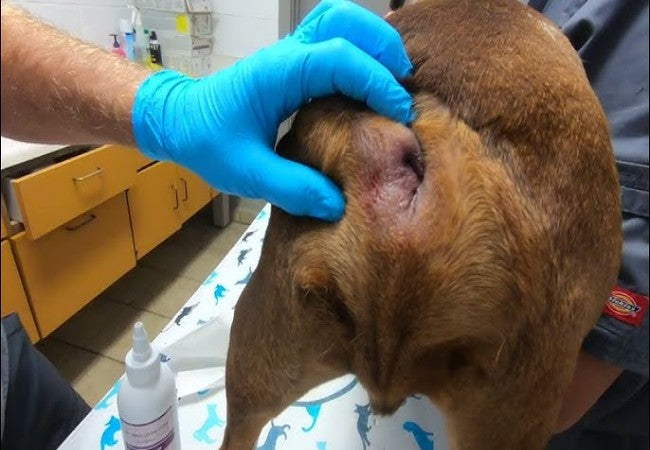Vet Approved Guide: Adenocarcinoma of Sweat & Sebaceous Glands in Dogs – Causes, Diagnosis & 2025 Treatment Tips 🐶🐾

In this article
Vet Approved Guide: Adenocarcinoma of Sweat & Sebaceous Glands in Dogs – Causes, Diagnosis & 2025 Treatment Tips 🐶🐾
By Dr. Duncan Houston BVSc
An adenocarcinoma of the sweat or sebaceous glands is a malignant tumor of skin glands, most commonly found in areas like the armpits and groin. Though uncommon, early detection is key. This 2025 vet‑approved guide helps you understand the signs, diagnosis, and most effective treatment. 🛡️
🔍 What Is Glandular Adenocarcinoma?
This cancer arises from sweat glands (apocrine/sebaceous) near hair follicles. Though eccrine gland tumors (found in paw pads) are rare, sebaceous and apocrine types appear commonly on skin, often in mixed‑breed and large dogs like German Shepherds and Elkhounds.
📋 Symptoms to Watch For
- Firm, irregular, raised skin masses—often grow quickly
- May ulcerate, bleed, develop sores, or discharge
- Common sites: armpits and groin
- Typically painless unless ulcerated
❓ Who Gets This Cancer?
Although the exact causes are unknown, glandular adenocarcinomas most often occur in older dogs. Certain breeds (mixed‑breed, German Shepherd, Norwegian Elkhound) show a higher incidence.
🩺 How Is it Diagnosed?
- Veterinary Evaluation: Physical exam and health history
- Fine Needle Aspiration (FNA): Quick, minimally invasive cell sampling
- Surgical Biopsy: Tissue sample sent to pathology for definitive diagnosis
🛠️ Recommended Treatments
Surgical Removal
The main treatment—complete excision with clean margins offers the highest chance of cure. If done before cancer spreads, dogs often recover completely.
Follow-Up & Staging
Depending on tumor size and biopsy results, vets may recommend lymph node checks and imaging to check for spread. Less commonly, radiation or chemotherapy may be indicated.
📈 Prognosis & Outlook
If the tumor is fully removed before metastasis, the prognosis is excellent. Though rare, if spread occurs, outcomes become more guarded.
🚨 When to Visit Your Vet
- New or changing skin lumps—especially in the armpits or groin
- Any lump that is growing rapidly, bleeding, or ulcerated
📱 Tools to Help Your Dog
- Ask A Vet: 24/7 expert advice for skin lumps or surgical planning. 🩺
🎯 Final Thoughts
While glandular adenocarcinomas are uncommon, they can be serious, but often curable when caught early and removed fully. Regular skin checks and swift veterinary attention to new or changing growths give your dog the best chance for a healthy recovery. 🐾
For guidance through diagnosis, surgery, and peace of mind, download the Ask A Vet app today. 📲🐶






